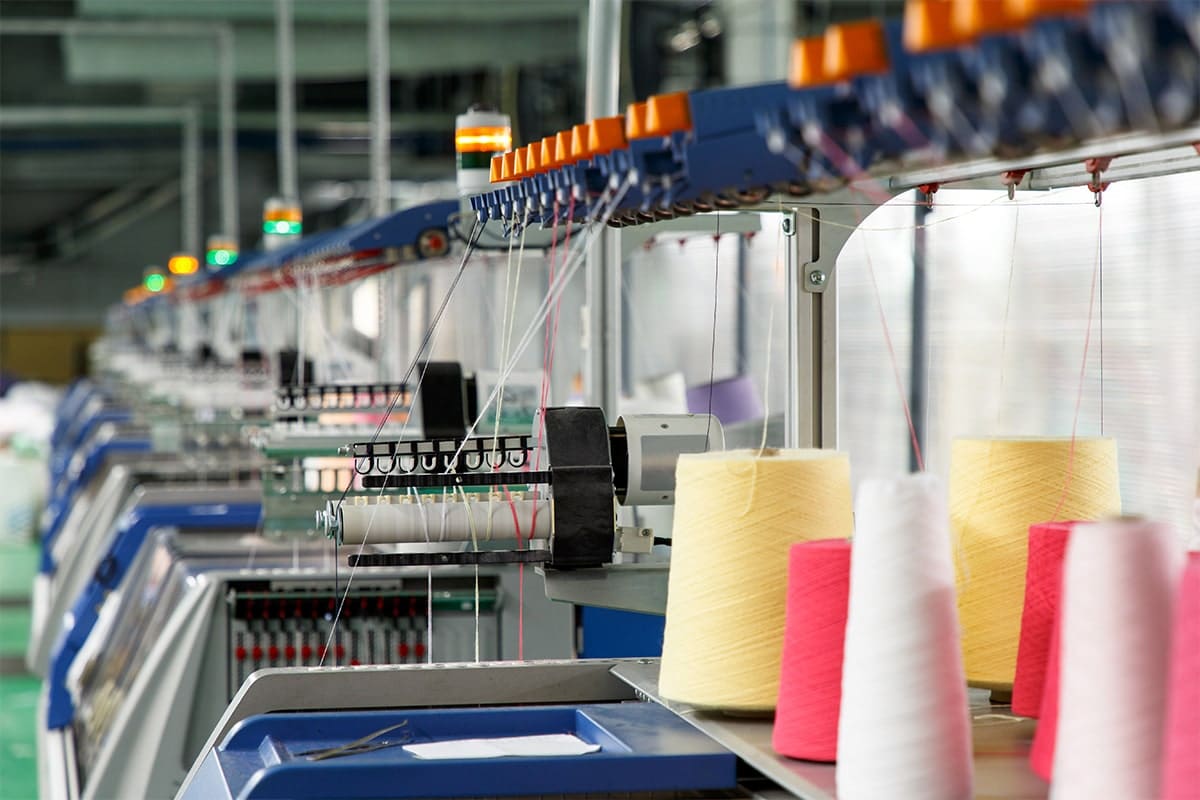Odisha’s potential to become a major textile and trade hub was a key focus at the 18th annual Pravasi Bhartiya Divas (PBD), with External Affairs Minister Dr. S Jaishankar highlighting the state’s strategic advantages to Non-Resident Indians (NRIs) and Persons of Indian Origin (PIOs). Emphasizing the “3Ts” – trade, technology, and tourism – Jaishankar positioned Odisha as a crucial link in India’s “Look East Policy.”
Drawing a historical parallel to the ancient “Bali Yatra” trade route connecting Odisha to Southeast Asia, Jaishankar underscored the state’s long standing maritime tradition. He suggested that Odisha’s resources, ranging from raw materials like cotton and silk to skilled artisans, combined with strategic investment, could transform the state into a textile powerhouse. He stressed the importance of adding value to raw materials through local processing and manufacturing, rather than simply exporting resources. This approach, he argued, would create a robust textile industry capable of producing finished goods for both domestic and international markets.
Technology, the second “T,” plays a vital role in modernizing the textile sector. Jaishankar emphasized the importance of trusted talent in the digital age, highlighting Odisha’s young demographic and strong educational foundation as key assets. This suggests a focus on developing skills in areas like textile design software, advanced manufacturing technologies, and e-commerce platforms for textile businesses. Collaboration with international partners, particularly NRIs and PIOs with expertise in these areas, was presented as crucial for driving technological advancement within the sector.
Tourism, the final “T,” offers unique opportunities for the textile industry. Odisha boasts a rich cultural heritage reflected in its traditional textiles, such as Ikat and appliqué work. By promoting textile tourism, the state can attract visitors interested in learning about these crafts, supporting local artisans, and purchasing unique, handcrafted products. This approach not only generates revenue but also helps preserve and promote Odisha’s textile heritage.
Jaishankar’s address underscored the importance of global partnerships, particularly with the NRI and PIO community, in realizing Odisha’s potential. By attracting investment, sharing technological expertise, and introducing best practices, these partnerships can play a pivotal role in transforming Odisha into a leading textile centre and a vital link in India’s trade with the East. The message was clear: Odisha is not just a source of raw materials, but a strategically positioned state ready to weave a new chapter in its economic history through a focus on textiles, driven by trade, technology, and tourism.

